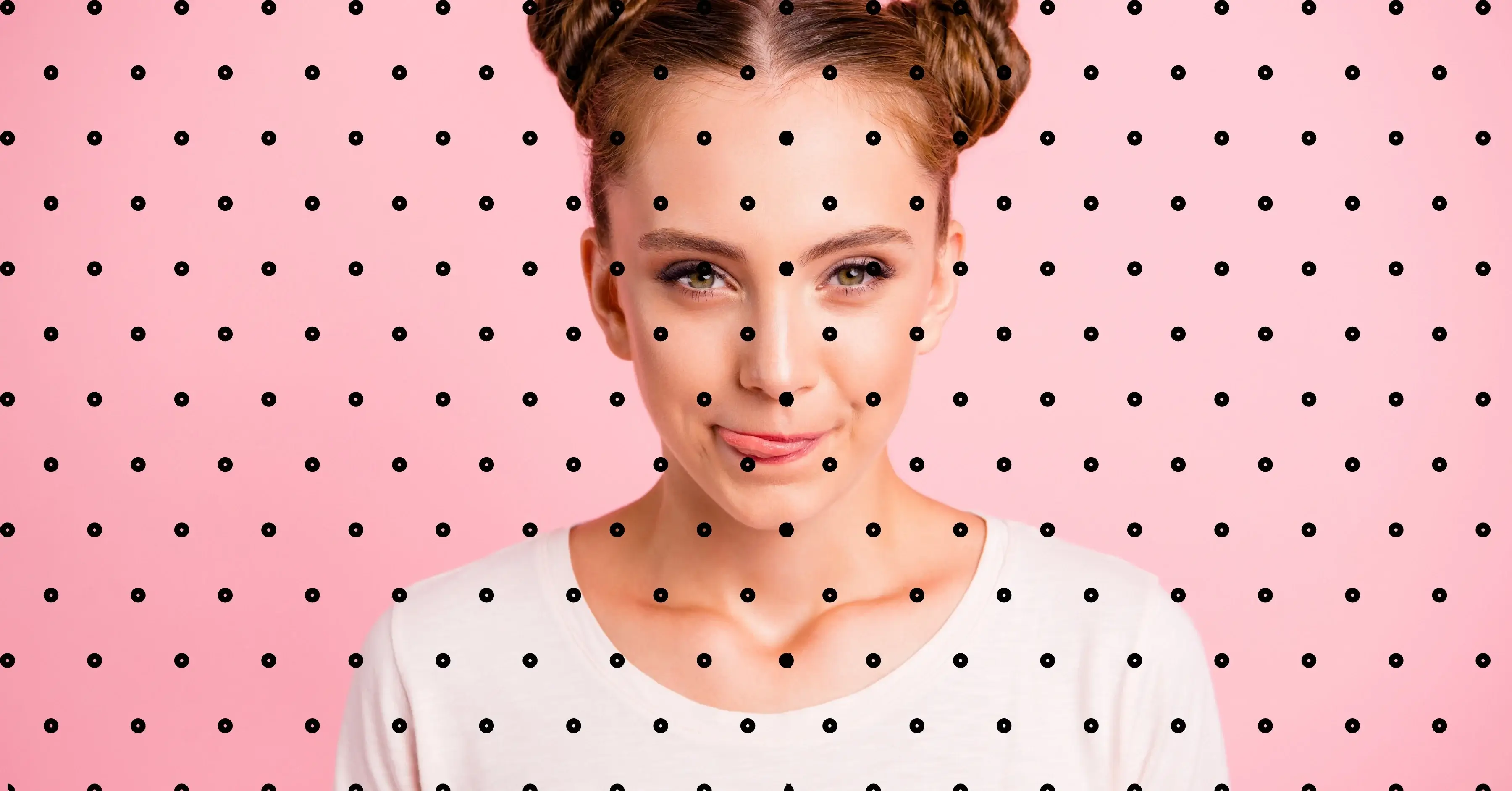If you look closely enough at your face, chances are, you’ll spot a few pinprick spots peppering the skin around your T-zone. The majority of us have dealt with these teeny clogged pores – also known as blackheads or open comedones – which tend to be more of a nuisance than a real cause for concern. While we know how satisfying squeezing and picking out a blackhead feels, there are plenty of more effective (and dermatologist-approved!) ways to banish these pesky little spots for good.
Related: How does Pore Size Change over Time? Can We Shrink Pores?
What are blackheads?
A form of uninflammatory acne, blackheads are formed when a hair follicle becomes plugged with dirt and dead skin cells. Before you think ‘gross’, the blackened tip you see isn’t the dirt itself – the color is actually derived from the oxidized oil and dead skin cells sitting in the open pore. On the other hand, whiteheads (closed comedones) are another form of clogged pores but with a cover of skin over the top. Either way, it’s best to know the right way to remove comedones in case they get infected and develop into more serious skin disorders such as pimples and cystic acne.
Ways to remove blackheads
1. Manual comedone extractor
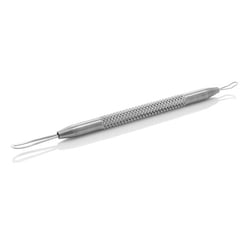
A specialized tool for blackheads that are ripe and ready for the picking (excuse the imagery), comedone extractors have a textured grip and loops of differing sizes at both ends. Cleanse the skin thoroughly with warm water and remember to disinfect the tool with rubbing alcohol before use. Position the blackhead in the centre of the preferred loop, press the loop face-down against the edge of the blackhead, apply even pressure on the skin surface, and gently move across the area to release contents. Compared to squeezing with your fingers, this method allows for greater precision.
Although extraction of each individual blackhead is time-consuming and requires some practice, it’s the cheapest and most common method of removal. You may or may not feel pain, depending on your pain tolerance, the condition of your blackhead, and how hard you press against your skin.
Tip: Your skin is prone to damage with this extraction method, so be sure to apply topical acne cream afterwards to avoid bacterial infection.
2. Chemical peel
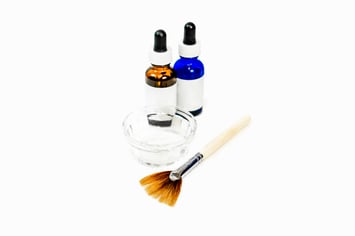
At-home chemical peels are a popular skin-resurfacing treatment – and also a great way to eliminate stubborn blackheads. In addition to comedone removal, chemical peels are designed to increase cell turnover and prevent blocked pores, which help to leave the skin decongested for longer. Peels generally contain chemical exfoliants Alpha Hydroxy Acids (BHA) or Beta Hydroxy Acids (BHA), which break down the bonds holding dead skin cells in place – effectively shedding them to expose the brighter, smoother skin underneath. You may feel slight discomfort or a tingling feeling when you do a chemical peel, but there should be no pain. Those with more sensitive skin should avoid exposing their skin to these chemicals and opt for other methods of blackhead removal such as the comedone suction device.
Related: What is the Difference between Exfoliation and Chemical Peel
3. Microdermabrasion
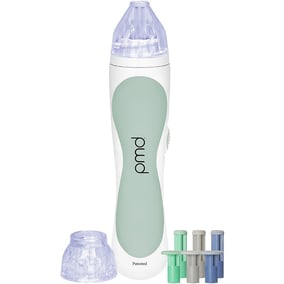
Microdermabrasion is the celebrity-loved skin rejuvenation treatment whereby gently abrasive crystals are passed over the outer layer of skin. This loosens and sloughs away dead skin cells, including the tops of blackheads. With multiple sessions, microdermabrasion is a highly effective tool for total blackhead removal, as well as triggering cell renewal for an overall more youthful appearance.
Though this method sands away the top part of blackhead, it does not necessary extract all the debris trapped inside pores compared to the suction method or manual extraction. It is, however, an excellent way to brighten the overall complexion as the dull outer layer of skin is instantly sloughed away. There is no pain nor discomfort but be sure to soothe and hydrate your skin with moisturizer afterwards.
4. Comedone suction device
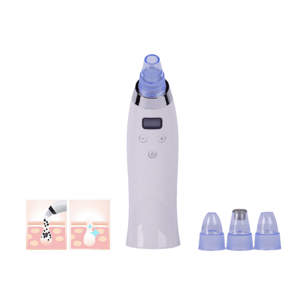
If you don’t want to risk damaging your skin with an extractor, don’t wish to expose your skin to chemical peels that may irritate your skin, and find that microdermabrasion is not quite enough, there’s always the option of vacuuming up stubborn blackheads with a suction device that also combines the power of microdermabrasion. The suction tool is a great way to pull out loosened dead skin cells, dirt, and other unwanted debris from the skin. For the best results, apply a hot towel on your skin for 10 minutes prior to using the device to open your pores. We prefer this method over pore strips, which carries the risk of stripping your skin of its essential oils. The suction device also produces more immediate and longer lasting results, and is suited for all skin types.
5. Ultrasonic skin scrubber
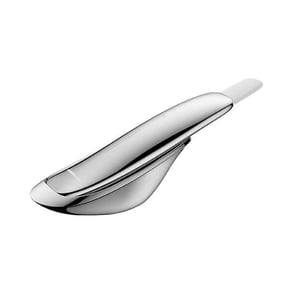
Sonic vibration is one of our best-kept secrets for achieving a professional-level cleanse and exfoliation at home, and to tackle skin concerns like blackheads and enlarged pores. The device emits high-frequency vibrations on dampened skin, continuously pushing water into the pores and flushing out grease, blackheads, and other impurities through this gentle exfoliation method.
This is no discomfort, but since this method both removes blackheads and exfoliates skin at the same time, be sure to soothe and hydrate skin with moisturizer afterwards.
Blackhead prevention
As for blackhead prevention, we advise washing your face daily with a gentle facial cleanser that is suited for your skin type, especially after sweat sessions when your pores are more susceptible to trapping dirt. Cleansers contain ingredients that help purge your skin of pollutants and chemicals from the atmosphere, as well as general dust and impurities. Regular exfoliation is also key for preventing blackheads, because it helps to gently slough away the build-up of dead skin cells on the topmost layer of your skin. Use either a physical or chemical exfoliator once or twice a week, and you should achieve smooth, glowing skin that makes it a lot harder for blackheads to call home.
Tip: Combine all the above preventative measures with Blue LED Light Therapy, which utilizes a specific wavelength to target and kill acne-causing bacteria beneath the skin. The ~415nm blue light also works to balance activity in the sebaceous glands, so less oil is produced to clog hair follicles.
Remember, anyone with sebum-secreting pores -- from children and adolescents to adults and the elderly -- can be affected by blackheads, and that’s why it’s important for everyone to know the best way to tackle them safely.
.png?width=180&height=80&name=imgpsh_fullsize_anim%20(1).png)
